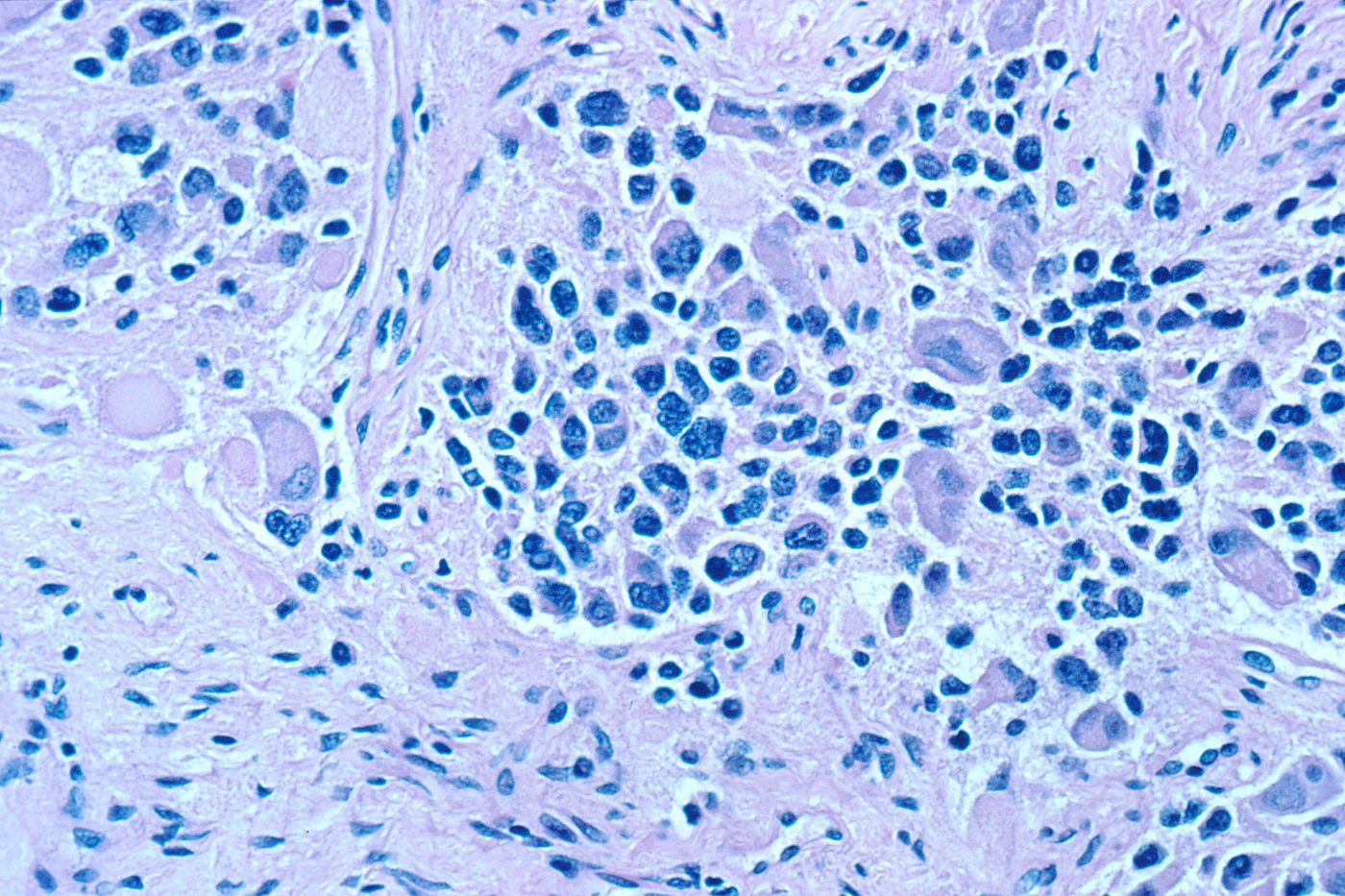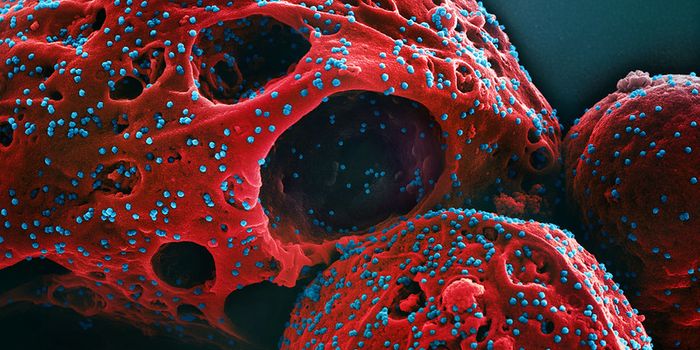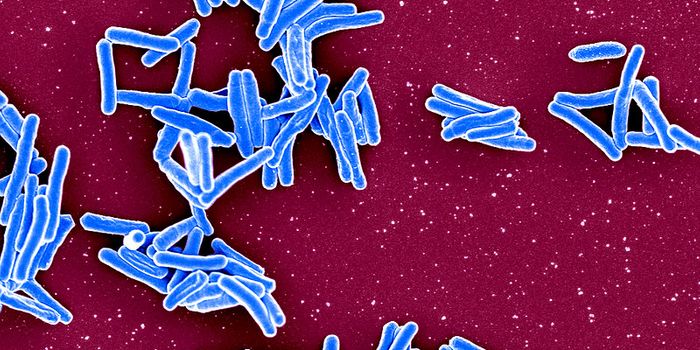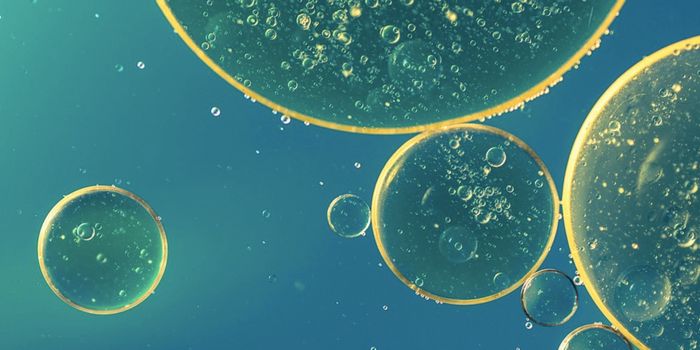Mysterious Extrachromosomal DNA is Linked to Childhood Cancer
Cells carry the code for life in their DNA, which (in eukaryotic cells) is stored in the nucleus and carries the instructions for making virtually every protein in an organism. There are a few exceptions, however. An ancient organelle called the mitochondria carries a bit of its own DNA, and scientists have also known about the presence of extrachromosomal DNA (that's separate from genomic DNA) for decades. Very little is known about the role of extrachromosomal DNA (ecDNA). It may originate in different ways, and there may be thousands of ecDNA molecules in a cell that are important for different things. It may be linear or circular. Research has also found that there is more ecDNA in cancerous cells.
Now, researchers have produced a map of extrachromosomal circular DNA (eccDNA), and have found that eccDNA may play a role in cancer development in children. This work may help explain why cancer sometimes arises in children, though cancer is often due to genetic errors that build up over a lifetime of exposure to DNA-damaging influences.
Reporting in Nature Genetics, an international team of researchers mapped circular DNA in neuroblastoma samples taken from 93 children affected by the deadly tumor. Every tissue sample they assessed carried an average of 5,000 copies of circular DNA, which was far more than they anticipated.
Their work also showed that specific pieces of DNA can separate from a chromosome, and then reintegrate into a chromosome in a different place.
"This can potentially cause cancer if it results in the original sequence of genetic information being disrupted," explained Dr. Anton Henssen, leader of the Emmy Noether Independent Junior Research Group and a Berlin Institute of Health Clinician Scientist. "The detailed processes involved had not previously been elucidated in this manner and provide insight into how even young cells, like those found in children, can transform into cancer cells."
"We were also able to show that certain types of circular DNA may accelerate neuroblastoma growth," noted Dr. Richard Koche of the Memorial Sloan Kettering Cancer Center. "Testing for their presence may therefore make it easier to predict the course of the disease. Additionally, studying this process in the relatively quiet genomes of these pediatric tumors may help illuminate similar mechanisms which were previously missed in more complex adult cancers. Given the recent interest in circular DNA in a variety of normal and disease contexts, the current study may have implications for a broad range of tumor types and associated clinical outcomes."
More work is planned to validate these findings. "We also want to conduct more detailed research into the origins of circular DNA in order to better understand why it is that children develop cancer," added Henssen.
Work reported last year by a different group has suggested that while extrachromosomal circular DNA is probably too small to code for proteins, but it may express small RNAs that have a regulatory function. Learn more about efforts to use extrachromosomal DNA to diagnose cancer from the video.
Sources: AAAS/Eurekalert! via Charité – Universitätsmedizin Berlin, Nature Genetics









